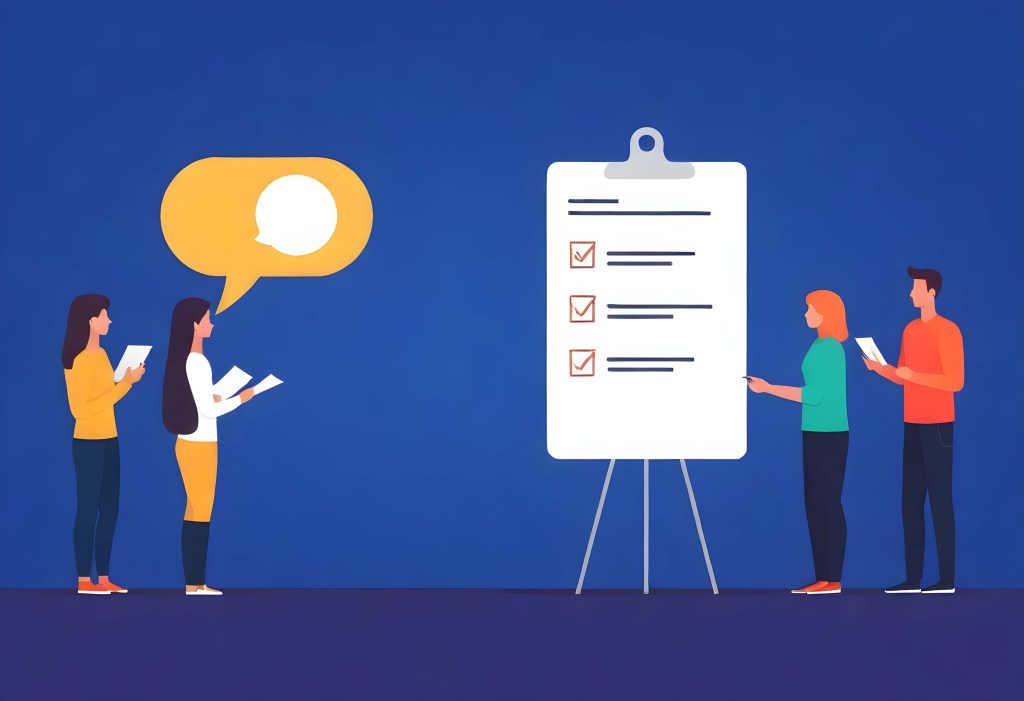Healthcare is one of the most critical aspects where High-Value Care Providers (HCP) and Key Opinion Leaders (KOL) play important roles in it. As their ideas, thoughts, expertise, and collaborations are crucial to shaping the direction of medical advancements and patient care. However, to make it happen successful meetings with key stakeholders require strategic planning. Here in this blog, we are going to explore the wide range of aspects about how to HCP conferences or meetings in both virtual and in-person settings. Additionally, we will also delve into the best practices, challenges, and innovative approaches required to host seamless HCP and KOL meetings. So, let’s get started but before that first start with basics;
Understanding the Importance of HCP and KOL Meetings
The healthcare industry thrives on collaboration, sharing knowledge, and exchanging insights about current trends. High-Value Care Provider (HCO) and Key Opinion Leader (KOL) meetings bring together doctors, industry experts, and leading thinkers to reshape the healthcare landscape by exchanging ideas and tackling pressing issues. These gatherings are innovation engines. Here’s why:

- Cross-pollination of knowledge: Doctors, researchers, and industry leaders share their unique perspectives, sparking creativity and accelerating breakthroughs.
- Research to reality: The latest research findings are translated into practical applications that directly benefit patients.
- Building better doctors: Networking, mentorship, and professional development opportunities empower healthcare professionals to deliver the best possible care.
By fostering collaboration, HCP and KOL meetings play a vital role in driving innovation, advancing patient care, and propelling the entire healthcare field forward.
The Impact of Effective Collaboration in Pharma & Healthcare
Teamwork Makes the Dream Work: It is obvious that for effective collaboration, it is indeed needed to make it engaging to ensure successful HCP and KOL meetings. For that, you need to include diverse perspectives from doctors to industry experts, and leading thinkers to spark problem-solving and innovation.
Additionally, it is also important to allow your team to tackle complex challenges and improve patient outcomes. This can be done by, collaboration and building trust and respect, fostering long-term partnerships that go beyond single projects.
Leveraging Insights for Better Care: These meetings aim to improve patient care by sharing best practices, experiences, and research. This exchange allows doctors to make informed decisions, personalize treatments, and deliver high-quality, patient-centered care. Including patients and caregivers ensures culturally sensitive care that aligns with patient values.
Planning and Preparation: Key Steps for Success
Before diving into the execution of HCP and KOL meetings, thorough planning and preparation are essential. Here are some key steps to ensure success:

Defining Objectives and Goals
The first step is to clearly define the purpose of the meeting. Set the agenda and outcomes, such as gathering feedback on new medical products or discussing new trends in healthcare. In addition, collaboration on research initiatives can also be a goal that determines the outcomes.
Identifying Relevant Stakeholders
After determining the purpose, prepare a checklist of key stakeholders who are going to attend the meeting. However, this includes not only HCPs AND KOLs but also internal team members, industry experts or relevant parties. Make sure to consider the expertise, perspectives, and influence when preparing the attendee checklist.
Crafting Compelling Agendas
To make the meetings productive, begin by crafting a well-structured agenda. This is also crucial for keeping the meeting focused. Ensure to outline the topics to be discussed and allocate time for each agenda item. Additionally, designate facilitators or presenters for different segments and be sure to leave room for open discussion and Q&A sessions.
Selecting the Right Meeting Format
Next comes choosing the right meeting format for the meeting. Before delving further into the format, consider the preferences and constraints of stakeholders. However, the right format can be; an in-person conference, virtual webinar, roundtable discussion or hybrid event.
Ensuring Accessibility and Inclusivity
Last, ensure that your meeting is accessible to all the attendees regardless of any location, language or physical abilities. Include options for remote participants and offer interpretation services if needed. Moreover, accommodate any special requirements, just to ensure that every attendee stays engaged in the meeting.
How to Execute Seamless HCP and KOL Meetings?
Transform your HCP and KOL meetings from good to great with meticulous planning and execution. Here’s how you can plan for precision and deliver with finesse:
- Captivate and Engage: Develop captivating content and utilize dynamic presentations to keep participants engrossed.
- Foster Open Dialogue: Establish ground rules for inclusive discussions and actively listen to address concerns, promoting a space for constructive dialogue.
- Embrace Technology: Leverage technology tools to foster HCP engagement through interactive sessions.
- Visual Appeal & Conciseness: Embrace visuals to maintain audience interest and ensure concise delivery of information.
- Continued Engagement: Encourage post-meeting KOL engagement by providing comprehensive resources for ongoing collaboration and follow-up.
With these strategies, you can drive collaboration and fuel knowledge exchange in meetings, creating a seamless and impactful experience.
Evaluating Success and Driving Continuous Improvement
After the meeting concludes, take time to evaluate its success and identify areas for improvement. Here are some steps to consider:
Collecting Feedback and Performance Metrics
Conduct the surveys, live polls or one-on-one interviews to collect feedback from participants. Analyze the performance metrics such as HCP engagement levels, post-meeting actions, attendance rates etc, to gauge the overall performance of the HCP meeting.

Analyzing Data for Insights and Trends
After gathering all the data during the meetings, study and evaluate the data to determine the current trends and opportunities and identify insights. Consider checking on areas which need improvement, and determine the patterns in feedback, discussion topics and outcomes. This helps in future meetings and strategy-making.
Iterating Strategies for Future Meetings
Ensure that you use the insights gained from the evaluation process to improve your HCP and KOLs meeting strategies for future events. Moreover, adjust agendas, formats, and facilitation techniques based on feedback and lessons learned to continuously improve the meeting experience.
Conclusion
By the end of the article, it’s clear that successful HCP and KOL meetings require careful planning with a strategic approach for execution. By taking into account the guidelines mentioned in this blog, organizations can foster meaningful opportunities for collaboration, innovation, and ultimately, better patient care. If you’re into crafting impactful healthcare conferences – virtually, in-person, or hybrid, then consider Dreamcast’s all-in-one event platform.

FAQs
Technology plays a crucial role in modern HCP and KOL meetings by facilitating communication and collaboration. Virtual meeting platforms allow participants to connect from anywhere in the world. As a result, it has eliminated travel expenses and time constraints.
However, interactive features like polling, chat, and breakout rooms keep attendees engaged and foster dynamic discussions. Furthermore, webinars offer significant time and cost savings compared to traditional in-person meetings which makes them a valuable tool for busy healthcare professionals.
Don’t let the conversation end with the closing remarks! Here are some tips:
Summarize Key Points: Send a quick recap email with key takeaways, action items, and next steps for all attendees.
Offer Resources: Provide additional materials like research papers or articles to keep the conversation going.
Schedule Follow-Ups: Plan future meetings or check-ins to address lingering questions and foster ongoing collaboration.
Look beyond attendance numbers! Here’s how to measure success:
Engagement Matters: Make sure to track participants by gathering insights on polls, discussions, or breakout rooms.
Feedback is Key: Consider conducting surveys, polls, or one-on-one interviews to measure participants’ satisfaction and identify areas for improvement.
Outcomes Tell the Story: Evaluate post-meeting actions taken, such as collaborations or initiatives launched, to measure the meeting’s impact on achieving goals.






